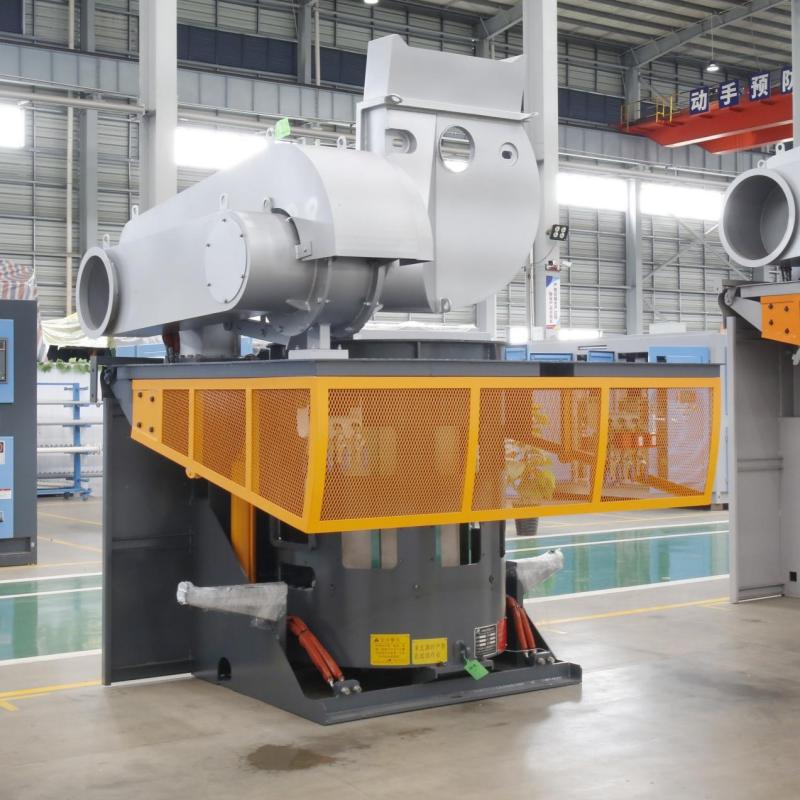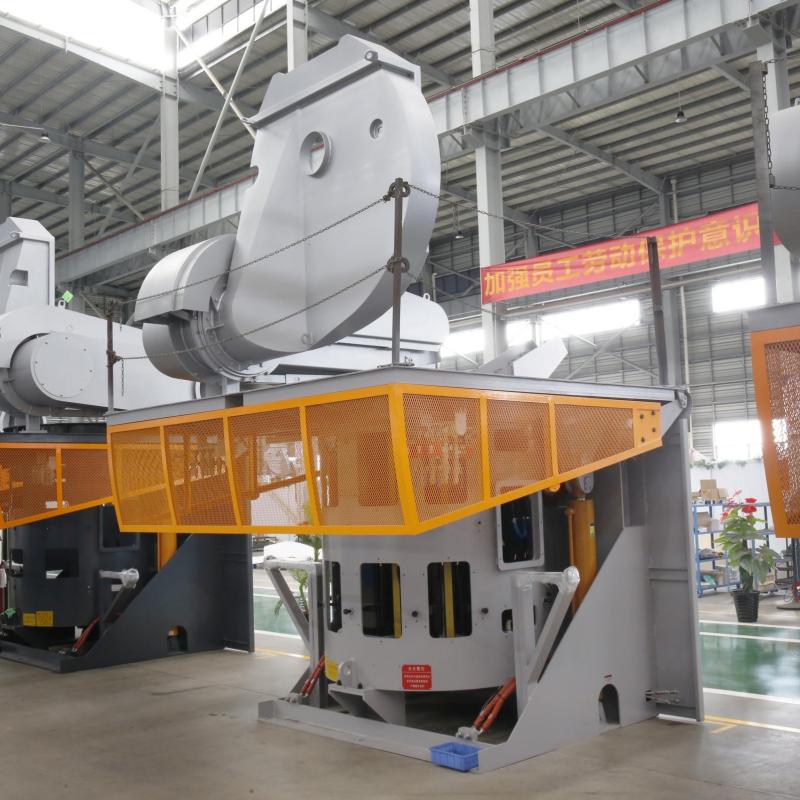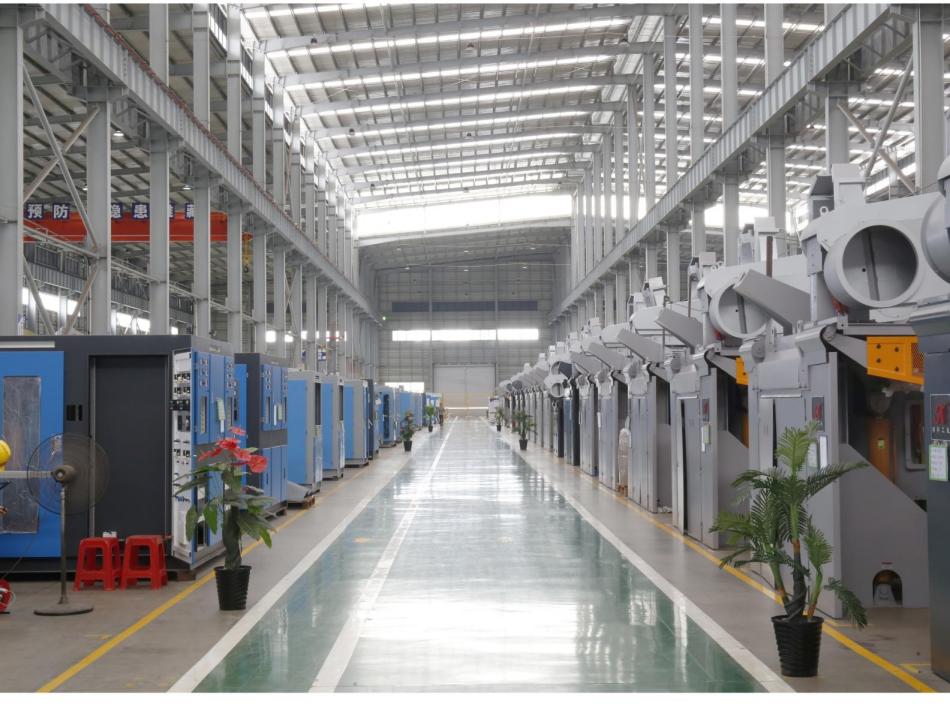
Boost Efficiency with an Automatic Material Batching and Charging System
Automatic Material Batching and Charging Systems: Disrupting Industrial Efficiency
This is the era of precise manufacturing guaranteed to spare no effort and expense in making the manufacturing processes as efficient as possible. This paper presents the Automatic Material Batching System that addresses these challenges in a holistic and fully automated manner for industries that handle or process raw materials, especially metal smelting and casting industries. This system offers such parameters as accurate control, real-time management of information, and mechanism for smart feedback control, leading to minimized wastage, operation improvement and considerably low operational cost.
Materials Employed for Automatic Batching Systems
The Automatic Material Batching System uses some principal component materials and technologies that give it high performance, durability as well as the precision. The selection of such materials is made with consideration of the conditions faced by industries and these materials should offer excellent performance, durability.
Sensors and Control Systems
The core of any automatic batching system, of course, consists of modern sensors and control systems. These sensors are usually manufactured from high grade metals and alloys that can withstand high temperatures and the severe corrosion that is occasioned by smelting processes. Specifically, the identified sensors allow for determination of the exact quantities of raw materials to be used in the batch process. Common materials used for these sensors include:
Stainless Steel: Because it has an extremely high resistance to corrosion, this material is ideal for use of sensors that come into contact with molten metals.
Ceramics: Certain types of sensors might contain ceramic parts which are great when working in high heat environments.
Alloy Compositions: Special high thermal expansion resistance and increased service life under high temperature conditions of the base alloys.
Electromagnetic Discs
These electromagnetic discs are applied to accurately regulate the transport of materials specific to metals in the batching zone of these systems. Substrate materials of these discs must possess characteristics of high magnetic permeability plus strength and endurance. Typically, these electromagnetic discs are made from:
Copper Alloys: It is used for high conductance and this enables high operating of the electromagnets.
Ferromagnetic Materials: For magnetic properties of the material W690A3B4 steel or iron alloys are incorporated to guarantee proper material handling.
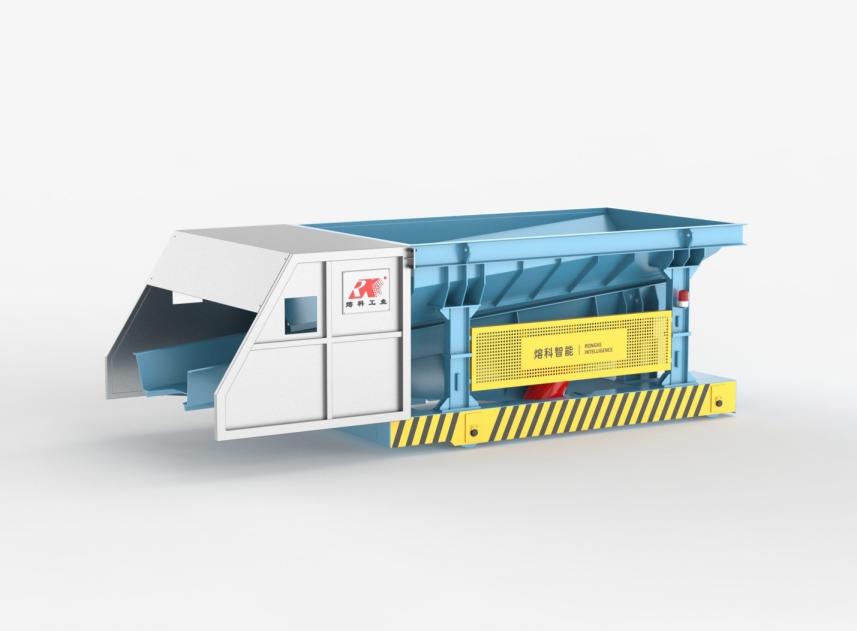
Vibration Charging Carts
The vibration charging carts, which are essential for charging the materials to the furnace, general consist of components that have high durability and stability material. These carts may have rigid structure of steel to accommodate requirement of strength as well as better alloys are used inside the bins carrying raw materials.
High-Strength Steel: Provisions stability of the structure and protection against wear due to regular motion.
Rubber and Polyurethane: These materials are for purpose of shock absorbing and to protect the raw materials to be fed into the furnace from getting damaged.
Batching Silos
These batching silo groups can hold many types of raw materials. Made of stainless steel and high-strength alloys, they are resistant to corrosion from chemicals or high temperatures. These materials are also designed to withstand the load of the stored materials. And should be able to maintain the structural configuration of the storage system under repeated use.
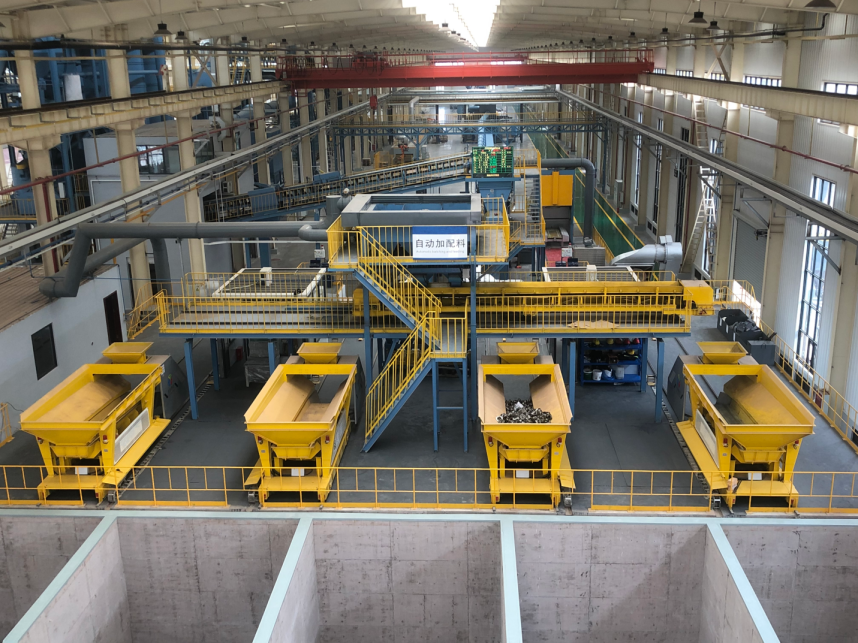
Why It Is Great to Incorporate Quality?
Thus, the use of the different materials in constructing the Automatic Material Batching and Charging System is central to the functionality of the system. Let’s explore why these high-quality materials are essential:
Precision Control
It is also important when dealing with molten metals, in regard to the chemical composition making up the batch. Optimal control systems guarantee that these raw materials are added in correct proportions when required through quality sensors. This makes productivity high since there are few common errors, coming up with consistent quality products in the process.
Durability and Longevity
The industrial systems and specifically metallurgical ones are often rather challenging. They must also be able to operate under high temperatures, abrasive materials, and general wear and tear during continuous use. The system is designed using materials that are very resistant to corrosion and any other form of degradation. This allows the system to easily operate for years before it needs to be repaired or replaced.
Energy Efficiency
By utilizing efficient raw materials and increasing preventive losses and high quality. Ensure maximum energy utilization for business operations. For example, alloying is critical in the smelting process. If it is done with a “me first” mentality, sensors can show exactly what needs to be added. Then the excess energy that may be added to the smelting process will also be reduced, ultimately saving a lot of money.
Safety
In production facilities where molten metals and high temperatures are involved safer working conditions must be a priority. The materials employed in the development of the system guarantee that the system is provided with the capacity to withstand the stress and dangers of smelting. For instance, the vibration charging carts and electromagnetic discs are built to preserve safety aspects of the handling processes and to avoid splashes or any hazardous spills that could physically harm the workers.
How to Use the Automatic Batching and Charging System Effectively?
The right procedures of using the Automatic Material Batching System have been outlined below Procedure. Here are key steps in the process:
Set Up and Calibration
The raw materials must be accurately measured before the equipment can be used. Therefore, a calibration process must be carried out before the system is used. These include the configuration of the sensors, the adjustment of the electromagnetic disks, and the condition of the loading cart for the material type.
Batching Formula Input
After installation, operators can enter standard or user-defined batching formula depending on the requirements of the production process. These formulas depend on the preferred metal grade as well as the composition to be achieved; therefore right quantities are added onto the furnace.
Real-Time Monitoring
During the filling and batching process, the system continuously observes process activities. And make corrections based on the signal received by the sensor. This maintains the optimal smelting environment and ensures that the final product meets the expected standards.
Strict Quality Management
Therefore, within the framework of the idea of further improving the quality of automatic batching and charging systems. We envisioned industry standard approval requirements. We have the EU CE safety certification and ISO quality management system certification standards – so our products are safe and of the best quality. We have obtained these certifications. We achieve these certifications. Proving that we are committed to providing you with efficient and safe industrial application systems.
Conclusion
The Automatic Material Batching System offers a high level of efficiency, precision, and safety in the industrial batching process. By using advanced materials and technologies, it optimizes the smelting process, reduces costs, and enhances product quality. The use of high-quality materials ensures a durable and efficient system. And capable of operating in harsh metal production environments. The automatic batching system focuses on innovation, quality and safety. It will revolutionize industrial operations around the world.


